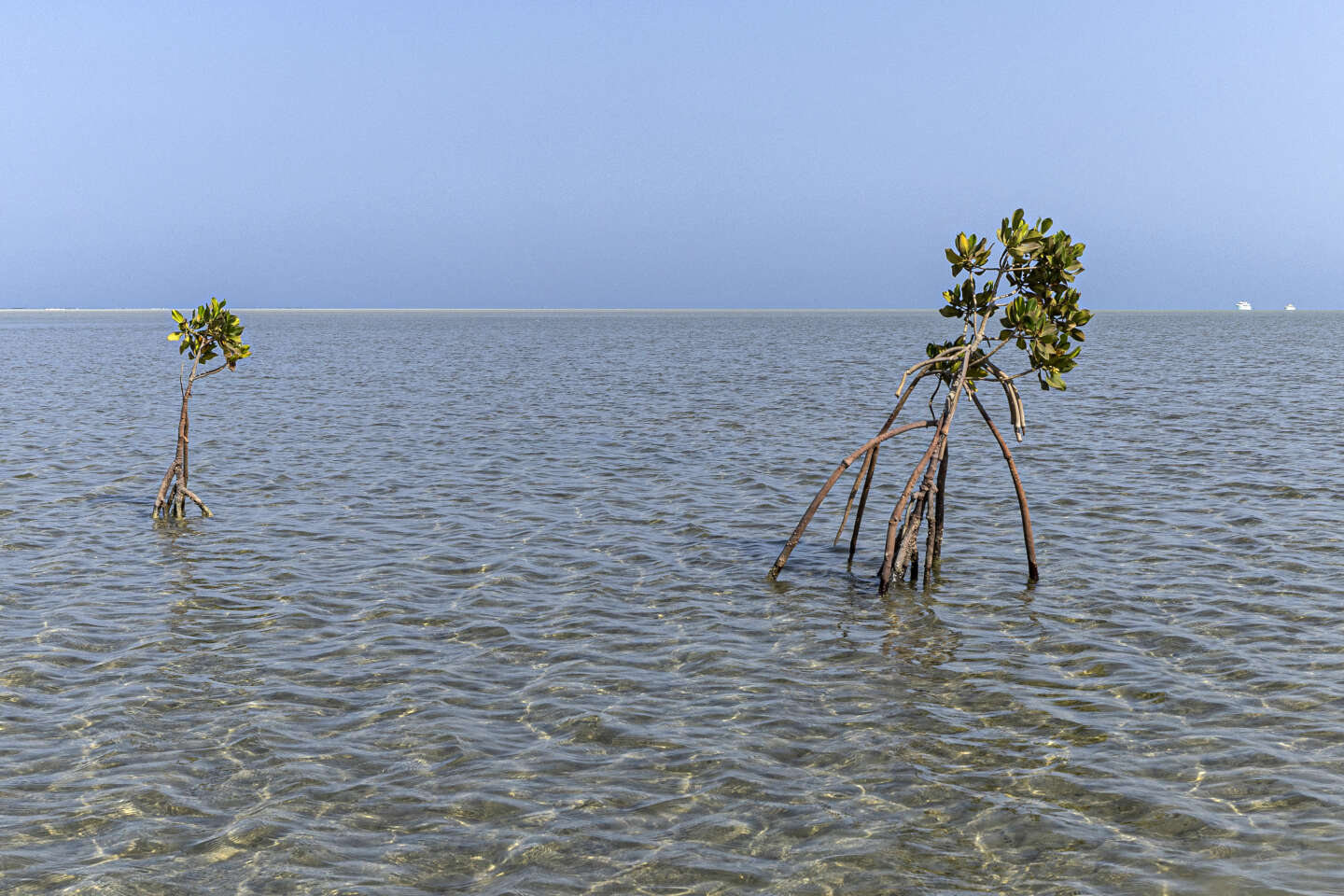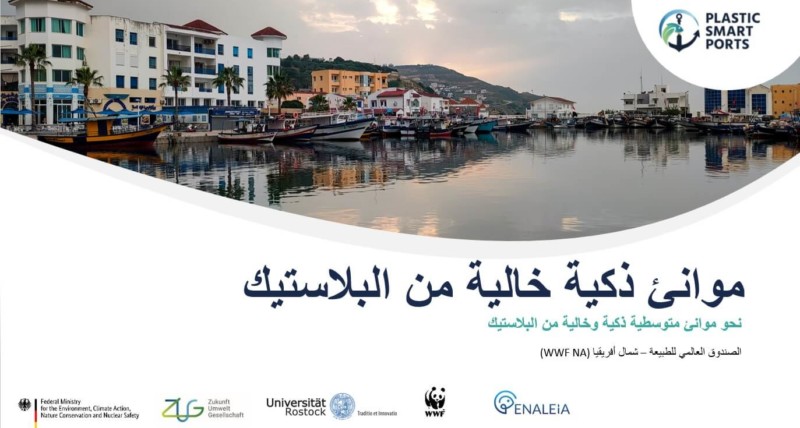Fruit of the collaboration of around a hundred authors from 28 countries, the report of the Intergovernmental Oceanographic Commission published Monday June 3 provides a worrying inventory of the oceanic world.
The ocean may well play an essential role in the carbon cycle on this planet – it contains forty times more than the atmosphere – and therefore crucial for the conditions of life on Earth, but human activities mistreat it, leading it to absorb increasing excess heat. This warming would account for 40% of the increasingly rapid average rise in sea levels – it has doubled over the last thirty years, to reach around 9 centimeters.
Physically and chemically, the state of the oceanic world is deteriorating. It loses its oxygen – between 0.83% and 2.42% over the last sixty years –, becomes more acidic, suffers from widespread contamination, pollution, plastics in particular.
These mutations affect the entire marine world. Warming, in particular, “from the surface to the abyss, is occurring at an unprecedented rate and is accelerating,” warns UNESCO, the United Nations Educational, Scientific and Cultural Organization, which publishes, Monday June 3, the “2024 State of the Ocean Report”.
The result of the collaboration of around a hundred authors from twenty-eight countries, this synthesis comes from the Intergovernmental Oceanographic Commission (IOC), UNESCO’s ocean science cooperation body. Its aim is to report on progress in knowledge within the framework of the “decade of ocean science” under the auspices of the United Nations, and to identify gaps in research.
Loss of seagrass and mangroves There is a census of the disasters partly already announced by climate and biodiversity experts, as well as some elements less often mentioned but just as alarming. Proliferations of Alexandrium – a microalgae which produces neurotoxins capable of causing paralysis – are, for example, listed. The report also details the effects of the loss of seagrass beds, mangroves, mudflats and coastal marshes, estimated at 20% to 35% since 1970, even though they constitute refuges for wildlife and champions of carbon storage. Newsletter “Human heat” How to face the climate challenge? Every week, our best articles on the subject Subscribe For Vidar Helgesen, executive secretary of the IOC and deputy director of UNESCO, the worst news to emerge from this gloomy picture is undoubtedly the lack of progress in support for research despite the urgency of the situation.
However, the issue now goes much further, believes this former Norwegian environment minister. “Even if we must equip ourselves with the means to better understand what is happening and take stock of the long-term consequences, we cannot postpone action until later,” he says. We don’t have complete knowledge of what’s happening in the ocean, but we know enough to act! The ocean crisis is dramatic and every year, every month, every day, it gets worse. » Read also “680 million people live in regions whose altitude does not exceed ten meters” This is why this UNESCO report is primarily aimed at political and economic decision-makers. Even if there is no constituency of voters in the marine world, as Vidar Helgesen mischievously slips in, the direct impacts on a whole series of activities, such as renewable energy, and especially on human nutrition will be felt, he emphasizes. Currently, fishing and aquaculture provide 182 million fish and shellfish worldwide, as well as 36 million tonnes of algae. When this windfall weakens, all food prices will rise.
Deoxygenation and acidification
These very concrete effects on Earth respond to profound upheavals. The rate of warming of the first 2,000 meters below the surface has doubled over the past twenty years. And this heatwave is set to last: 2023 is the year which has seen the most temperature anomalies and marine heat waves, particularly in the Atlantic in the tropics and in the Mediterranean. The consequences of rising temperatures are multiple: it can modify the major ocean currents and reinforce the stratification of the ocean, slowing down the vertical mixing between cold and warm masses in the water column. Read also “The ocean absorbs 30% of CO2 emissions due to human activities” Warming coupled with deoxygenation and acidification “can lead to spectacular changes in ecosystem assemblages, loss of biodiversity, extinction of populations, coral bleaching, infectious diseases, changes in the behavior of fauna”, in its modes of reproduction, in the loss of its habitats, underline the IOC rapporteurs. Not only is the ocean affected in multiple ways, but these impacts reinforce each other.
Thus the reduction in oxygen levels is linked to rising temperatures, but also to various pollutions, in particular nitrogen – partly coming from industry and especially from the famous excess nitrates from intensive agriculture. These spills are all the more prolific when torrential rains – boosted by climate change – push them into the sea. Near the coasts and in the gulfs, dead zones, hypoxic areas, that is to say deficit areas, are multiplying. in dissolved oxygen: 500 are now recorded. The hope of marine protected areas Eutrophication is becoming widespread in coastal regions. However, these are where fish and crustaceans come to reproduce and their young develop. However, nitrate concentrations continue to increase, especially in Brazil, India and China, generating algal blooms, some of which are toxic. Thanks to significant collaborative census work, scientists estimate that out of 10,000 species of marine phytoplankton, 200 produce toxins. A nightmare for aquaculturists who can lose their entire breeding of several million salmon, for example. Finally, the chapter on marine protected areas provides the small glimmer of hope in this report. Biologists observe that they are home to many threatened species, at least those whose regulations have seriously restricted fishing.



